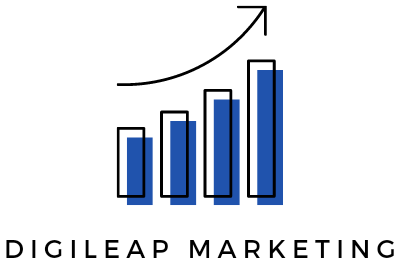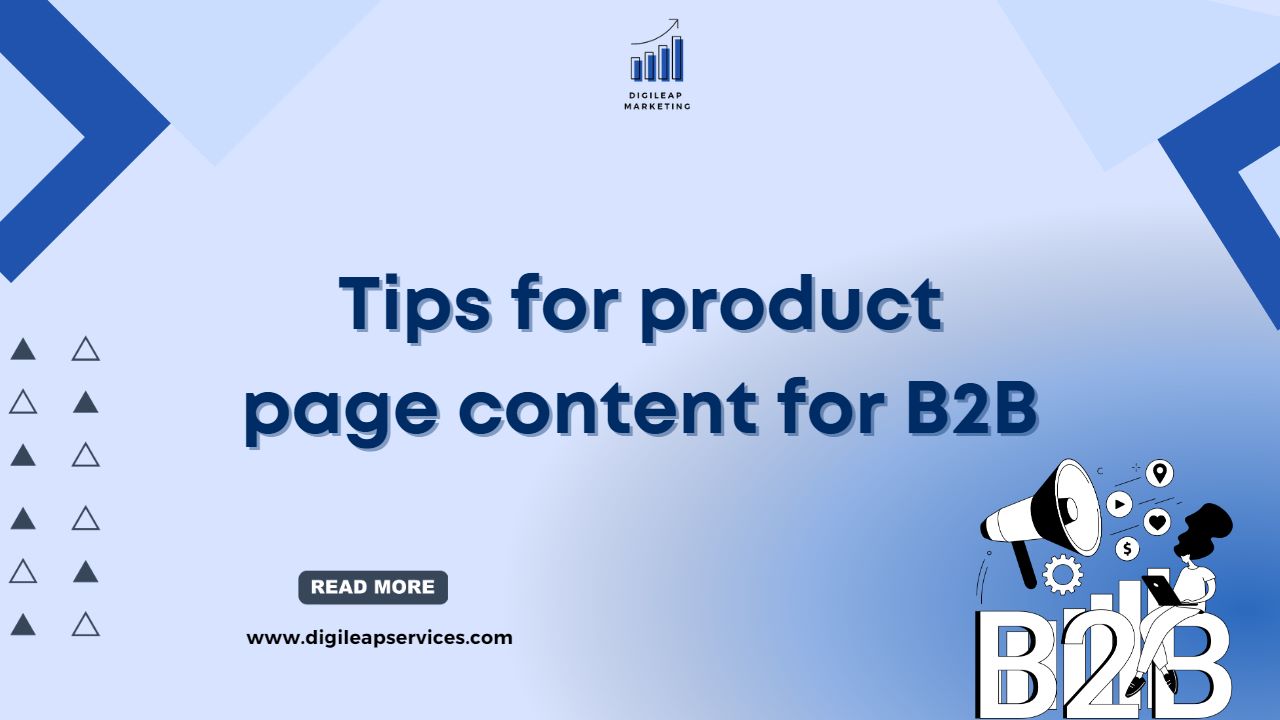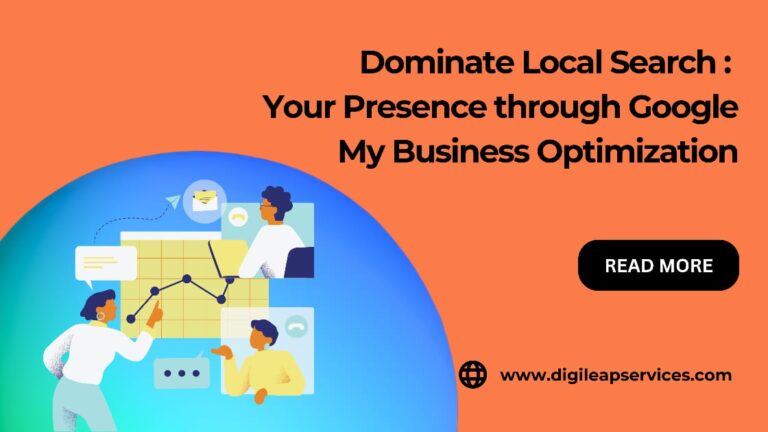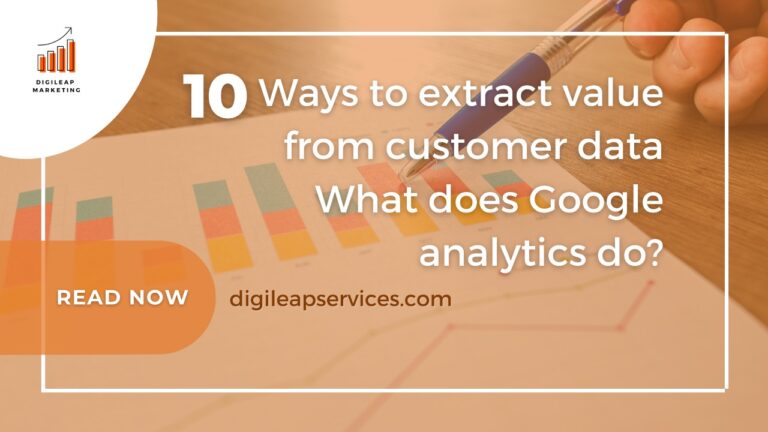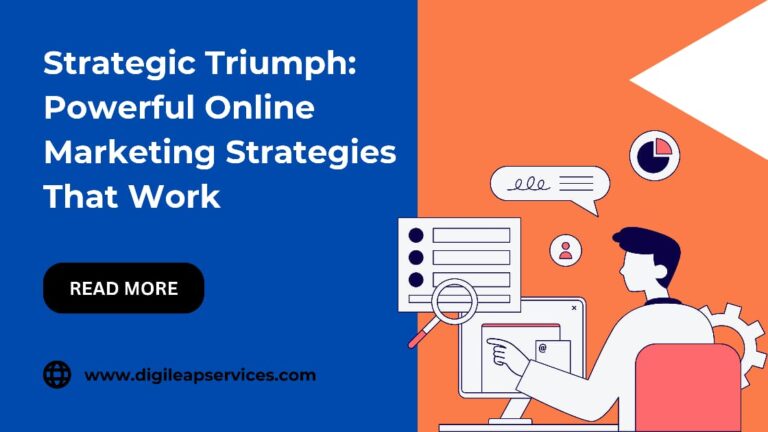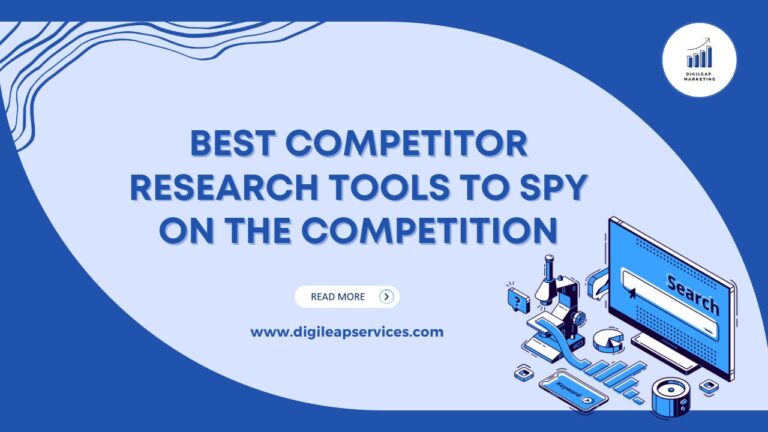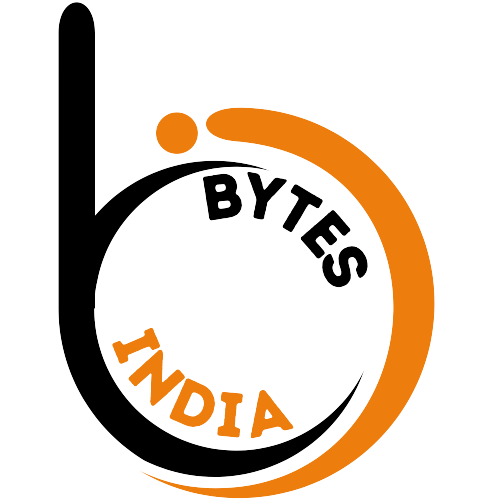Tips for product page content for B2B
Tips for product page content for B2B: As a B2B business, you’ve already created a variety of content through blog posts, social media updates, and videos, and after leading brand awareness about your product and service and educating early-stage leads. The next step is to convert the leads into potential leads. Now you want to gain the attention of the lead from blogs and social media to websites where you can showcase your products or services.
B2B product pages should not be similar to B2C product pages; they need to have more detailed information about the product and the business. Instead of optimizing the product page like B2C, B2B should provide information and encourage the viewer to take further action.
What happens when the leads land on your product page?
Does the product page contain captivating information that will encourage them to know more about your products or services?
Or is your product page driving away your leads and sales?
Tips for creating a product page that brings leads and sales:
- Research
Product pages aim to showcase your product page content by showing your customers what you’re offering and persuading them to buy. If you analyze how your leads are interacting with your product page, where they are spending so much time, and what type of content they like watching, you will learn a lot. These things could be measured using KPIs. User testing is useful to know what your customers find interesting and what does not attract them. These data will help you update product page content and optimize product page SEO according to it. You can also ask a question relating to what customers like on the landing page if anything is missing, and what their next steps are.
Less is more. Adding all the information to a product page is tempting. But you should not get carried away and include only certain words and phrases that accurately describe what you are offering. Hiring a copywriter who excels at B2B writing would be wise as they will know what content attracts customers. You need to add all the important information about your product but try to tone it down. One can use VoIP to speak to an agent and learn more. A VoIP number is a virtual assistance number assigned to your agent when you sign up for the services of VoIP.
- Highlight the Features and Merits of your Product
Eventually, the goal of your creating a product page will be to motivate people to take an action on your website. Make sure your product page content has questions like uniqueness about your product, helping them solve their problems through your product, and what value it will bring to their overall business. Many B2B product pages include content that describes the neverending features of the product. But people generally skip those long paragraphs. Your product page needs to stand out, and concisely writing key benefits would be useful.
- Use a Converting Call to Action
The call to action is vital for any product page or landing page. It helps in the lead-generation process and converts visitors into leads. Around 90 percent of people who read your headline also read the call to action. B2B businesses require more time and communication in purchases. Offering a 30 days trial shows the value of your product. B2B customers have a longer customer cycle than B2C. Most B2B buyers won’t purchase your products until in-depth research. Encourage visitors to research using CTAs. Here are some tips to improve CTA:
- Keep CTAs small and to the point.
- Make the CTA stand out on the product page.
- Test different CTAs to find what’s working for you.
- Coney the value of your product through the CTA.
- Provide Testimonials or Case Studies
You can provide social proof to back up your claims about your product’s worth would be helpful for buyers to make decisions. Despite the fact that, as a B2B company, you’ll likely have a page devoted to case studies, it’s still a good idea to add quotes from pleased CEOs or other business executives on your product pages. By showing them evidence that your product has helped other companies, you give them more confidence that it will help their firm as well. Positioning social proof close to other crucial information on your page, such as pricing or product features, is a good idea.
- Optimize your Product Page for Mobile
Ensure that your product pages are also mobile-friendly. Due to the fact that more and more people are shopping on their mobile devices, mobile optimization is crucial in the B2C e-commerce sector. In the B2B sector, mobile optimization is equally crucial. Ensure your B2B product pages are mobile-friendly, so decision-makers and company executives can access them. Websites should provide the same experience on mobile as they do on desktop as more businesses implement remote or hybrid workforce models.
- Measure Performance with KPIs
You must constantly evaluate and test your product pages. Observe important performance metrics, including the amount of time spent on a page, the bounce rate, the number of sessions started, and the click-through rate. This will give you information about how users interact with your pages and help you spot any areas that could use improvement. Conversion rate is one more performance factor to take into account. Don’t forget to take your SEO plan into account. To improve their pages’ Google ranking, effective marketing teams use SEO. Look for possibilities to create inbound links and analyze the keywords on your product page to increase traffic to other parts of your website.
As we know B2B product page is different from B2C. For creating a B2B product page, you need to research the customer first, stop filling in unnecessary details, showcase all the benefits and features of the product, and write an attractive call to action to optimize your product page for mobile. Provide buyers with testimonials and case studies, and then don’t forget to measure your performance.
